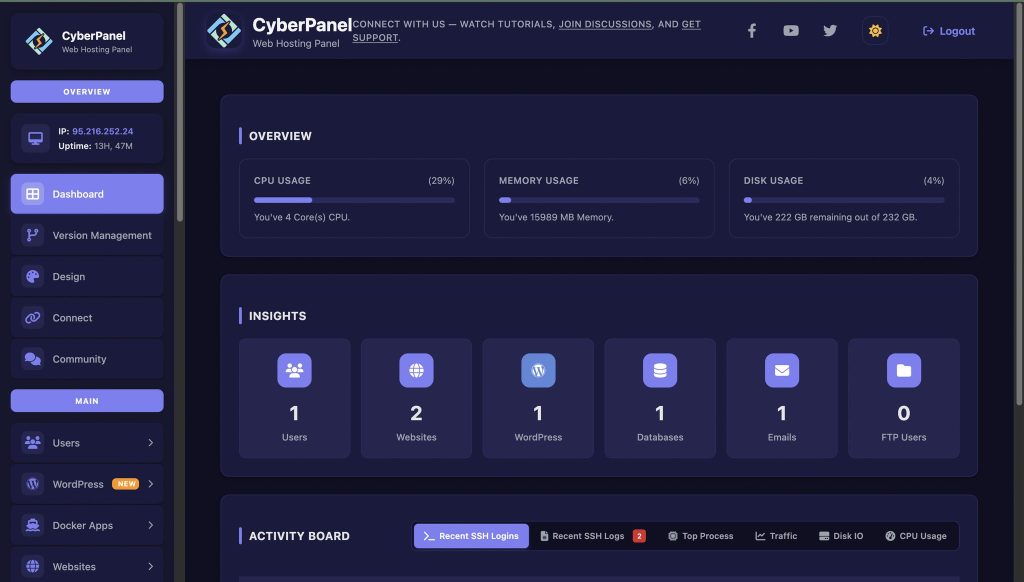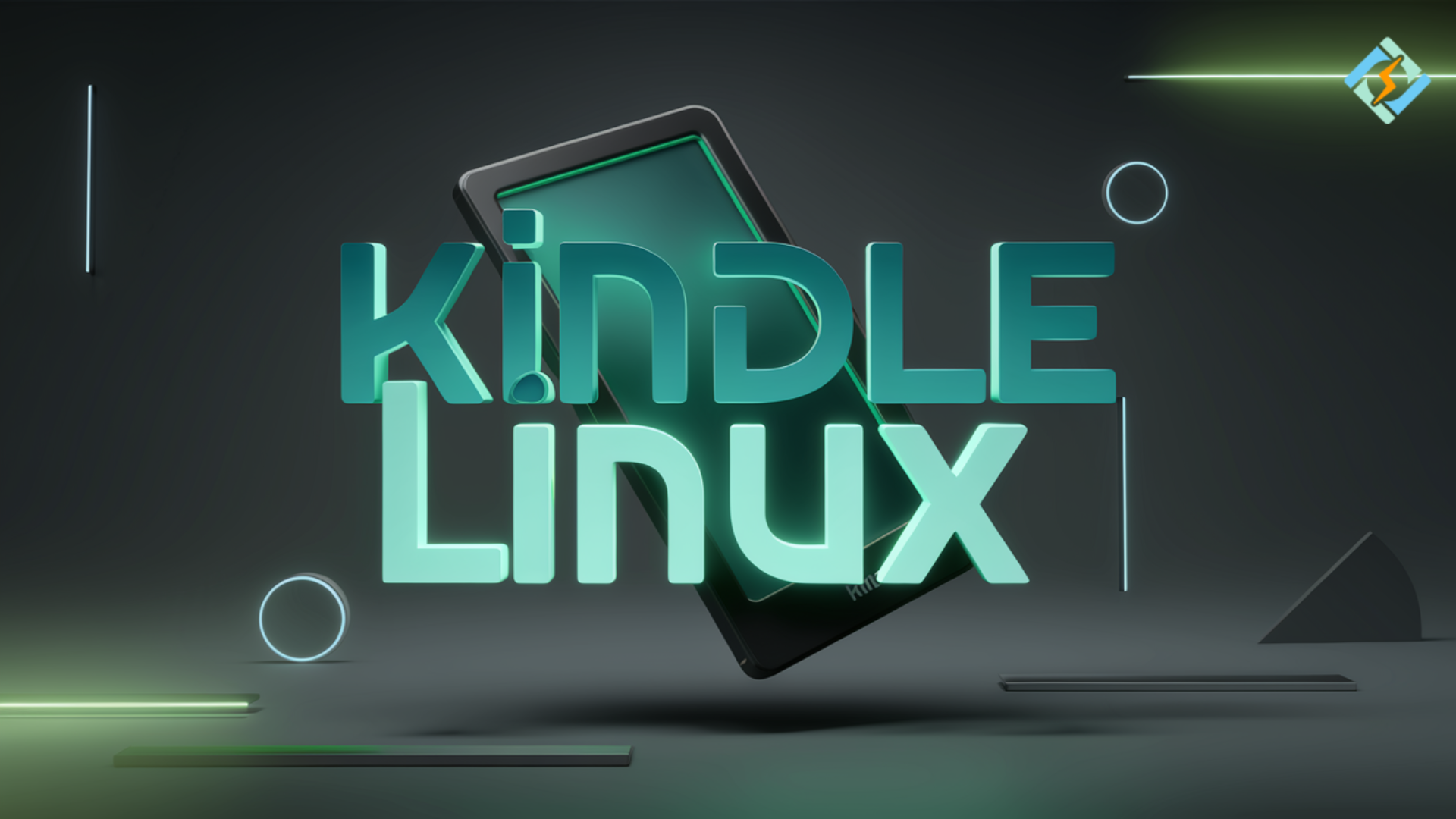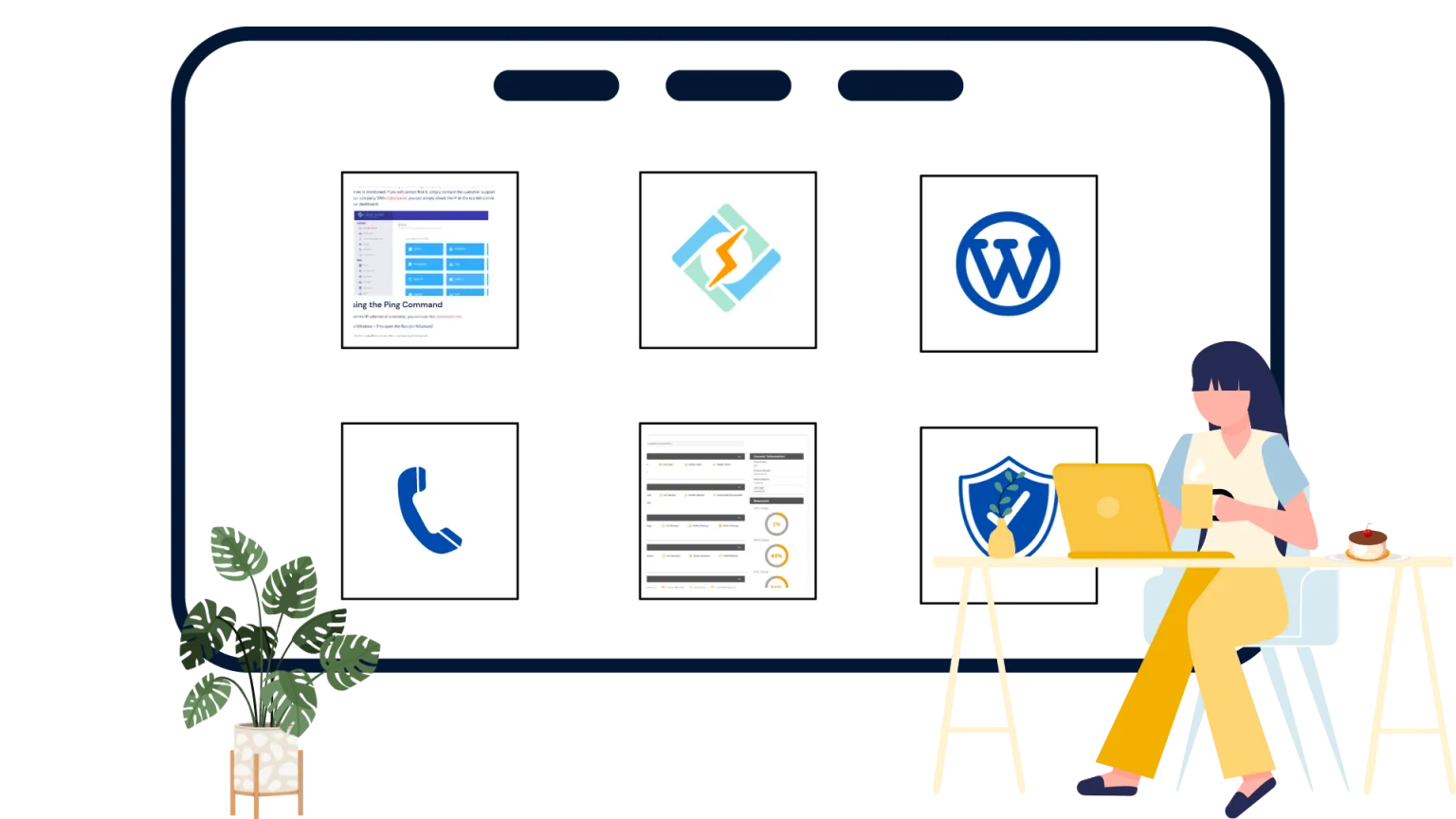Amazon Kindles are typically associated with being simple: they’re an e-reader that’s designed to be free of distractions, has a long-lasting battery, and uses a crisp-looking e-ink display. But for the tech-savvy type, the possibility of getting Linux up and running on a Kindle provides a whole new realm of experimentation. You could turn your Kindle into a basic terminal, use it as a second monitor, or explore many other options. Kindle Linux is an interesting project combining tech and creative spirit.
In this article, we will get into how to install Linux for Kindle, what you can do after you install it, how it works differently from Kindle’s native software, and what the limitations are. There will be information here about common commands, system tweaks, and individuals who are developers or tinkerers who want more control over their device.
What is Linux for Kindle?
Kindle Linux refers to a Linux-based operating system or shell environment running on a Kindle device, either natively or through a lightweight terminal emulation layer that is lightweight. Since Kindles run on a custom version of Linux, this essentially means you have unlocked the Kindle and enhanced its internal environment.
This will enable you to:
- Have access to command-line utilities
- SSH into the Kindle
- Utilize the Kindle as a simple display of a Raspberry Pi or another computer
- Enable functionality that goes beyond reading on the Kindle.
Has Kindle Already Utilized Linux?
Yes. Every Kindle device runs on a customized Linux kernel that Amazon has built. However, it is extremely locked down and does not allow users to have access to the system-level interface. What most people refer to as “Kindle Linux” is really the process of gaining root access (jailbreaking) and enabling SSH or serial access to customize or replace the default system.
Why Install Linux on Kindle?
Running Linux on Kindle isn’t just a hobbyist project. It can turn your e-reader into a functional piece of hardware for several purposes:
Get exclusive access to all things tech-savvy, and be the first to receive
the latest updates directly in your inbox.
| Use Case | Description |
|---|---|
| E-Ink Terminal | Display real-time logs or code using Kindle’s e-ink display. |
| Secondary Screen | Use it as a low-power, distraction-free monitor. |
| IoT Dashboard | Connect Kindle to home automation projects. |
| Network Monitor | Display system stats from Raspberry Pi or a server. |
| Educational Tool | Great for learning embedded Linux concepts. |
This makes Linux Kindle software a creative blend of functionality and minimalism.
Step-by-Step Installation of Linux for Your Kindle Device
Before you start, be mindful that this procedure could result in the revocation of the warranty on your Kindle device, and you should do so at your own risk. Always make sure that the Kindle device you have is on the compatibility list.
1. Verify the compatibility list of Kindle models with Linux
Kindle devices that support the installation of Linux are:
- Kindle Paperwhite (1st – 5th Gen)
- Kindle Touch
- Kindle Keyboard (3rd Gen)
If you have a newer device with firmware 5.14+, it becomes increasingly limited.
2. Jailbreak the Kindle
You need to jailbreak your Kindle in order to gain access to the Linux system. This will allow you root access to your Kindle.
# Enable developer mode
touch /mnt/us/developer.flag
# Restart device
reboot
3. Install KUAL (Kindle Unified Application Launcher)
You will need to download and install KUAL to complete the installation, which is a must-have launcher in the Kindle unified application launcher.
4. Install either USBNetwork or SSH access
Once KUAL is launched:
# Enable SSH
mntroot rw
/etc/init.d/usbnet start
Now you can SSH into your Kindle:
ssh root@192.168.15.244
5. Deploy Linux Scripts or Tools
After gaining access, you can install lightweight Linux utilities or run scripts for display and system integration. For example:
opkg update
opkg install htop
You now have Linux running on Kindle!

Linux on Kindle: Possibilities After Installation
After installing the Linex Kindle software, you’re surprised by the many possibilities. Below are common use cases:
Run Terminal-Based Applications:
Any of the text tools like nano, vim, htop, or lynx (text web browser) could run without an issue.
Create Custom E-Ink Dashboards:
Create a custom dashboard that handles any server stats, weather, or to-do lists (in black and white).
Set Your Own Scripts:
Scheduled wake cycles every X number of minutes would allow you to refresh every X number of minutes, automatically.
Using Kindle as a Pi Monitor:
You would attach to a Raspberry Pi and monitor logs or output from the system.
Develop Embedded Projects:
You could easily test shell-based programs or IoT works of art on the Kindle operating system/electronics.
Linux Kindle Software vs Default Kindle OS
| Feature | Default Kindle Software | Kindle Linux Environment |
|---|---|---|
| Interface | GUI (Touch-based) | CLI / Script-based |
| Customization | Limited | Full root access |
| Performance | Optimized for e-books | Depends on usage |
| Internet | Wi-Fi only for Kindle services | SSH, scp, network access |
| Updates | Amazon OTA | Manual or custom builds |
Can You Install Linux on a Kindle Without Jailbreaking?
No. If you want access to the underlying Linux system or run your scripts, you have to jailbreak your Kindle. If you do not jailbreak, you are limited to all the stuff available to you through Amazon’s official software ecosystem — no outside Linux code or notions will work.
You could also set up a non-invasive setup by using Kindle as a terminal display for another Linux system wirelessly through a shell connection, without messing with the Kindle firmware, plus using Kindle as your display too.
Linux Kindle Terminal Setup Example
Here’s an example of connecting Kindle as a display for a Linux system using SSH:
1. On Kindle (host):
Enable USBNetwork mode and connect the Kindle to the PC.
2. On Linux (client):
Forward data to Kindle using netcat or rsync:
echo "System Load: $(uptime)" | nc 192.168.15.244 22<br>The data appears on Kindle’s terminal screen — a simple, elegant way to utilize Linux on Kindle as a status dashboard.
Drawbacks of Operating Linux on a Kindle
While it is interesting, operating Linux on a Kindle does have some limitations:
- No rendering in color or video: E-ink only has black and white with slow refresh rates.
- Limited RAM and CPU: It is not suitable for resource-intensive tasks.
- Power Issues: Battery will drain in SSH or Wi-Fi use.
- Risk: Updating the Firmware may break your custom setup.
- Even with very compelling limitations, the possibilities of having a lightweight and efficient setup are extensive.
Security Precautions for Using Kindle and Linux Together
If you are going to use the Kindle with a Linux distribution, here are some things to consider regarding security:
- Use Strong SSH Keys – Get rid of default passwords immediately.
- Disable Root Access – Once you finish setting up your Kindle, limit root access.
- Block Internet Access – Unless you need it for a script you’re running.
- Backup Before Anything Major – Be sure to save the operating system memory of the Kindle before making any major changes.
This will allow you to use a Linux distribution safely and sustainably on your Kindle without risking it.
The Function of CyberPanel in a Cloud Environment

If you’re utilizing your Kindle to monitor server or cloud data, you can leverage the use of CyberPanel to improve the experience. CyberPanel is a lightweight, open-source web hosting control panel that is exclusively designed to run on Linux.
How CyberPanel improves your Kindle experience:
- API Access: Display real-time server data to your Kindle screen.
- Custom Scripts: Update your output through cron jobs to automatically execute your output file.
- Cloud Security: Manage SSL, backups, and user permissions on your server effortlessly.
- Performance Dashboard: Monitor CPU and memory utilization in a matter of seconds without requiring a screen.
Together, this combination will allow you to convert your Kindle Linux-based device into a lightweight real-time monitoring tool for any server operating in CyberPanel.
Wrapping Up!
Kindle Linux illustrates the flexibility and adaptability of open-source technology, as what was once a simple reading device can now be used as a minimal terminal, data display, or even as remote server monitoring, all with Linux capabilities. The integration of products such as KUAL, SSH apps, and CyberPanel shows that the Kindle could evolve from just an e-reader to an all-encompassing part of your open-source Linux life.
If you’re interested in being innovative and imaginative with embedded Linux systems, experiment with Linux for Kindle today. Experimenting with Linux for Kindle is an excellent project for anyone interested in experiencing the potential of open source.
Maximize what your Kindle can do – install Kindle Linux today and turn your e-reader into an intelligent, open-source device made for creativity and control.
People Also Ask
Which Kindle model is best for Linux?
Older models like Kindle Touch and Paperwhite (1st–3rd gen) are most compatible due to flexible firmware and available jailbreaks.
Can you brick your Kindle by installing Linux?
There’s always a small risk when modifying firmware. However, following verified guides and backing up your device minimizes the risk.
Is running Linux on Kindle legal?
Yes. Modifying firmware for personal, non-commercial use is legal, though it voids Amazon’s warranty.



